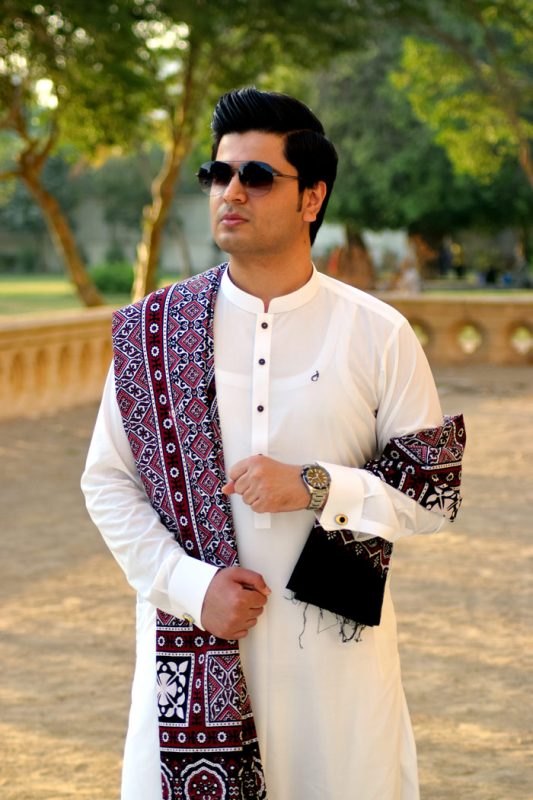Sindh is where ancient archaeologist sites such as Mohenjo-daro exists which was built around 2500 BCE, which is the world’s earliest major cities with largest settlements of the Indus Valley Civilization.
The traditions of Sindh have an upper hand over the others due to the fact that the Sindhi traditions are not just part of the Sindhi heritage but are loved by everyone from all ethnicities found in Pakistan whether they are Punjabi, Balochi or Pashtun.
This is what makes this so unique and popular amongst the nationals; anyone can adopt it and celebrate it to the fullest. Speaking of celebrations, the Sindhi customs are celebrated on the first Sunday of every December, the first week of December basically.
This day is celebrated not only in the province of Sindh but is observed throughout Pakistan with a lot of love and passion which keeps on increasing at a quick pace every year. Rallies are carried out by men and women of all ages in the traditional Sindhi attires and it becomes difficult to differentiate between the Sindhis and the others. Such is the power of this way of life, it unites everyone.
As the Information Minister Fawad Chaudry stated in a press conference while extending his greetings to the Sindhis that:
“The colorful land of Sindh was free of prejudice, hatred, intolerance and division amongst its people”
The rallies include dancing to Sindhi music, food stalls, folk music performances, poetry and qawalis.

1. How Men Dress Up?
When it comes to the attire worn, in this modern time the men choose to wear the national dress of Pakistan; the Kurta Shalwar with some elements that reflect the Sindhi traditions.
Most of the times males opt for a black kurta shalwar due to the message it sends, it’s simple yet exquisite. However, other colors can be worn too. The normal colors other than black include light blue, khaki, white/off white and at times maroon too.
The shalwar worn is both baggy and loose or of regular fit. At times, men choose to wear a skin tight pajama with the kurta too. The shalwar suits are normally of cotton due to the climate of province and have a crisp look to them which gives out the message that the dress is part of a royalty, acts as a status symbol. The kurtas are normally collared either with a buttoned sherwani collar or a shirt collar, round neck collars are rarely worn by Sindhi men. But again, the design to be chosen is subjective, hence varies from person to person.
The kurta shalwar does not give the wearer the traditional Sindhi look we all admire; further pieces of the attire are needed to complete the look. These “pieces” include the custom’s Sindhi cap and the specialty and identity of the Sindhi culture, the widely acclaimed “Ajrak”. The Ajrak is a long piece of cloth dyed in red and at times in blue color and is stamped with unique patterns with block printing. The Ajrak is worn around the neck with the stylish black kurtas or both the ends are left hanging on each side on the front.


